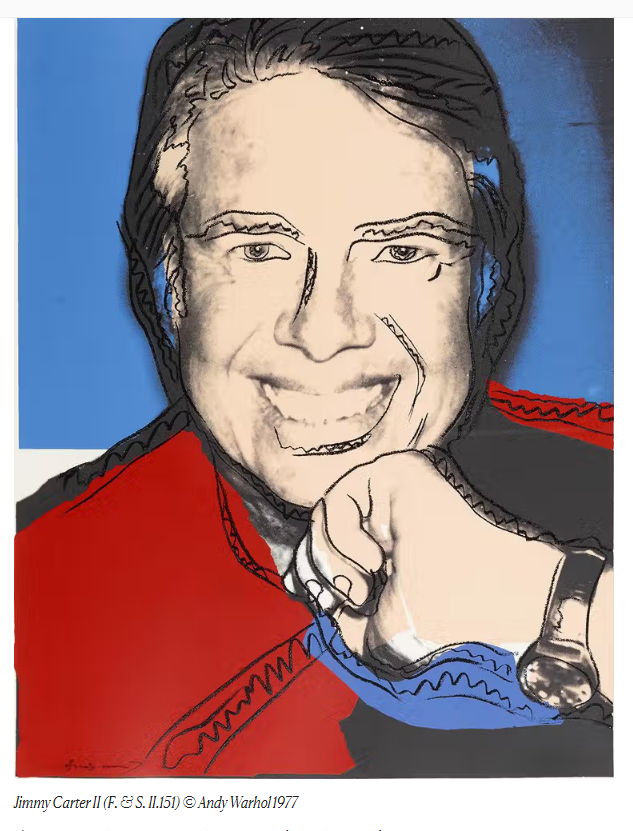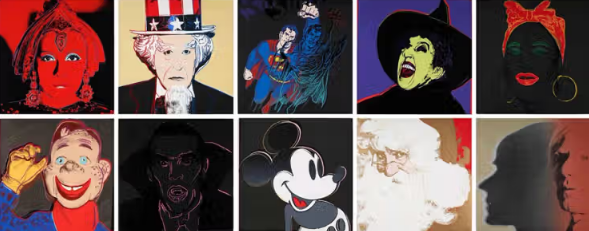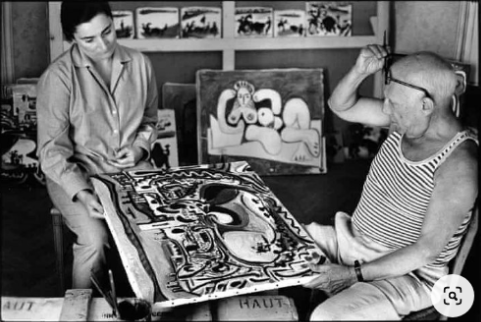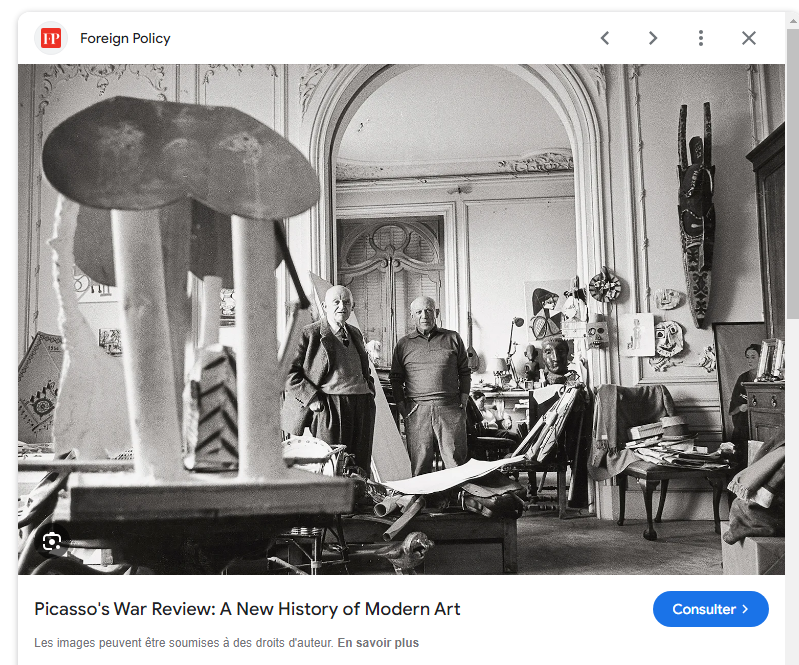Five Key Art Market Predictions For 2025: A Look Towards Growth and Innovation

The 2020s have undeniably been a period of intense volatility for the art market, taking collectors and institutions alike on a rollercoaster of highs and lows. While the initial pandemic years remarkably spurred innovation, particularly in online sales platforms, the subsequent post-pandemic period has presented new challenges. Geopolitical unrest, ongoing conflicts, and persistent inflation have collectively led to a noticeable cooling of the market.
By Anna Gonzales

image credit:
However, as we approach the midpoint of the decade in 2025, a palpable sense of cautious optimism is emerging. This renewed outlook is significantly fueled by continued strides in digital innovation and a growing acknowledgement of the intrinsic value and relevance of emerging mediums within the broader art market.
An expert voice from MyArtBroker, building on a successful track record of past predictions, offers a refined outlook for the coming year. "I’m thrilled to kick off 2025 the same way I began 2024," says the spokesperson, "by outlining five key predictions for the print market. Last year, I focused on broad trends, particularly around technology, and I was delighted to see many of these come to fruition. The art world is evolving, and while numbers are important, the meaningful shifts happening across the market deserve far more attention than the usual doomsday narratives."

image credit: pinterest.com
For 2025, these predictions are more refined and specific, grounded in extensive market research conducted by MyArtBroker throughout 2024. This year's focus will center on the growing influence of emerging art hubs, anticipated record-breaking sales, the future of print fairs, the evolving auction landscape, and, of course, the continued integration of art technology.

image credit: pinterest.com
Here are the five key art market predictions for 2025:
1. Global Sales:
Mid-Year Growth and a Record-Breaking Print Sale in Paris or the Middle EastThe cooling period experienced post-pandemic is expected to give way to a significant rebound in global art sales, particularly in the print sector. MyArtBroker predicts a notable mid-year growth, signaling renewed confidence among collectors and investors. This surge is anticipated to culminate in a record-breaking print sale, likely to take place in one of the burgeoning art hubs like Paris or a major city in the Middle East. These regions are increasingly becoming focal points for high-value transactions, leveraging strategic geographical locations and growing collector bases. This bold prediction signals a renewed confidence in the market's ability to achieve new heights.
2. Artist Market:
Growing Demand for Complete Sets by Andy Warhol and David Hockney's Arrival of SpringThe artist market is set to see specific trends consolidating established names. Demand for complete print portfolios by Andy Warhol is predicted to soar. As a blue-chip artist with timeless appeal, complete sets offer unparalleled investment value and rarity for serious collectors. Similarly, David Hockney, a titan of contemporary art, is poised to see a surge in demand for his highly acclaimed series, The Arrival of Spring. Known for its vibrant digital compositions and profound connection to nature, this series represents both artistic innovation and accessibility within the print market. This highlights a collector preference for established names with strong market liquidity and artistic merit.
3. Print Fairs:
Regional Art Fairs Gain Prominence Over Global Mega-FairsIn a significant shift, MyArtBroker anticipates that regional art fairs will gain substantial prominence, potentially overshadowing the traditional dominance of global mega-fairs. This trend is driven by several factors: regional fairs are often more intimate, community-focused, and accessible, catering to local collector bases and emerging talent. They typically entail lower overheads for galleries and offer a more personalized experience, fostering new relationships and encouraging more spontaneous acquisitions. This decentralization signals a move towards more sustainable and community-driven art ecosystems.

image credit: Biography ( Bio.)
4. Print Auctions:
Auction Houses to Scale Back on Banksy-Only Sales While Hosting an Andy Warhol-Only AuctionAuction house strategies are expected to evolve significantly. While Banksy remains a popular and influential figure, the sheer volume of 'Banksy-Only' sales may have led to a degree of market saturation for dedicated events. MyArtBroker predicts a scaling back of these highly specialized Banksy auctions. Conversely, Andy Warhol’s enduring appeal and status as a cornerstone of post-war art will likely see dedicated auctions focused exclusively on his print works. This strategic pivot by auction houses reflects a nuanced understanding of collector preferences and market stability, prioritizing long-term value over short-term trends.

image credit: pinterest.com
5. Art Tech:
Digital Collection Management Systems Become Essential Across the Art MarketThe integration of technology into the art market will continue at an accelerated pace, with Digital Collection Management Systems (CMS) transitioning from a beneficial tool to an essential component. These systems, which help manage inventory, provenance, conservation, and valuation, will become indispensable for private collectors, galleries, institutions, and auction houses alike. The push towards greater efficiency, transparency, and security within the art world necessitates robust digital infrastructure. No longer a luxury, a professional and comprehensive CMS will be a fundamental tool for navigating the complexities of the contemporary art market.
